Berlin revisited: before and after the fall of the wall
As the anniversary of the wall’s fall approaches, four Berliners describe their favourite city haunts.
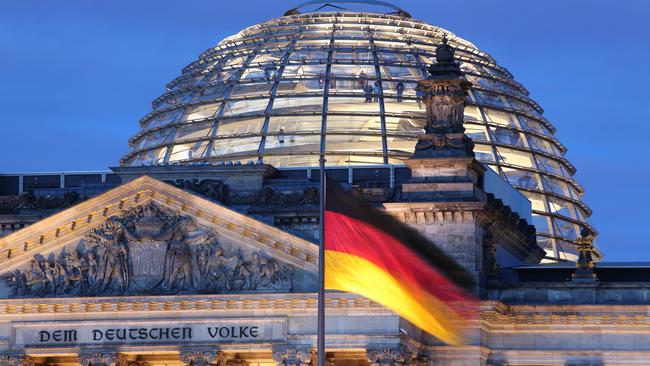
I remember precisely where I was when the Berlin Wall fell in November 1989. Travelling on a gap year, I was sitting in a cafe in the Cameron Highlands, an ostensibly British outpost in central Malaysia. By coincidence, I was with two West German backpackers. As events in Berlin were broadcast live on TV, we knew we were watching history unfold. But while I was fascinated to witness from afar how a country once so brutally divided was undergoing what would be known as the Peaceful Revolution on the path to reunification, my West German companions were horrified.
“Re-build it,” they said, “and this time make it higher and stronger.”
Fortunately their cynical wishes did not come true. And so it is, 30 years later, a resident of Berlin myself for some years, I find myself talking with four friends who were in the city at the time, two from the West and two from the East. They’ve witnessed the Cold War, the struggle through reunification and Berlin’s growth into a thriving metropolis. Here, they share the places in the city that were special to them then and the ones they love now.

-
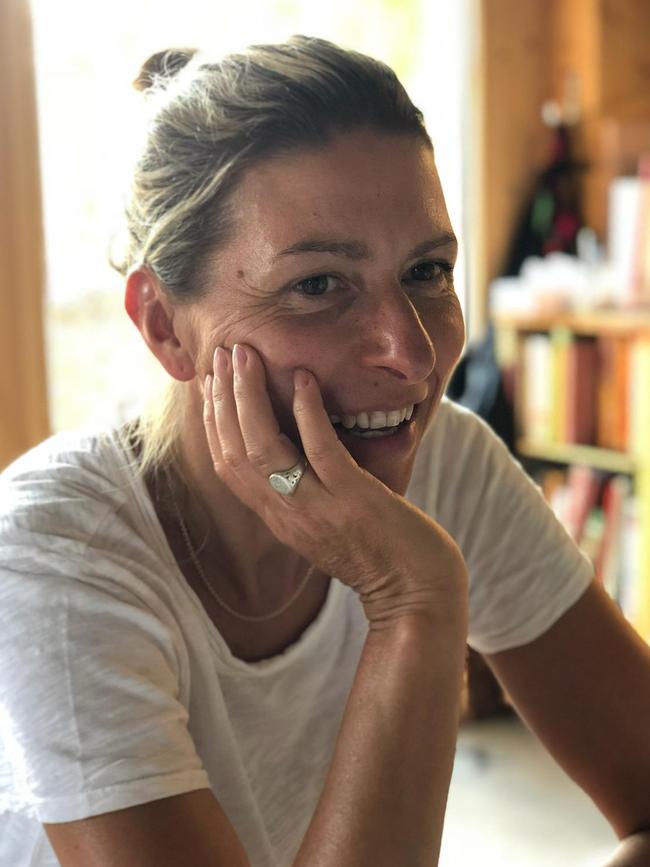
INES SCHWITZKY, 54, PRODUCT MANAGER AND FASHION INDUSTRY CONSULTANT
Drawn by the appeal of life in the big city, Ines left her home in rural East Germany and moved to East Berlin in 1984. “It was a more exciting place to live, even with all the restrictions. You couldn’t just move around the city freely, so we were limited in where we could go,” says Ines.
One of her favourite places was Kollwitzplatz in the Prenzlauer Berg district, a hangout for East German punks and those seeking something outside the norm of their state-controlled existence. “It was the first place in East Berlin where privately owned cafes and shops were opened; everywhere else in the city was state-run,” she says.
Named after renowned expressionist artist Kathe Kollwitz (kaethe-kollwitz.de/en), it’s now a desirable residential area and a far cry from its pre-unification days. The quiet, tree-lined streets surrounding the small central park are home to independent shops, bars and cafes and a thriving eco-food market on Thursdays and Saturdays.
Friedrichshain Volkspark, Berlin’s oldest public park (berlin.de/en/parks-and-gardens), was another of Ines’s favourite spots, even though there was little to do there except relax with friends and pretend they weren’t being observed. These days it’s a hive of activity, dotted with monuments and sculptures. The two “hills” in the otherwise flat grounds are man-made, comprised of demolished World War II bunkers and the rubble from the bombing of Berlin. For traditional Austrian food head to Restaurant Schoenbrunn (schoenbrunn.net) overlooking the lake at the park’s centre. Ines recommends the Wiener schnitzel, followed by Kaiserschmarrn (a kind of shredded pancake) with plum sauce and vanilla ice-cream.
Ines made repeated requests to leave East Berlin for political reasons. In 1986, she received a letter of approval out of the blue and was given 24 hours’ notice to depart. She has lived in the western district of Kreuzberg ever since. Ironically, two of her favourite locations today are in what was once the east.

Treptower Park is home to the Soviet War Memorial. Built to commemorate 7000 of the 80,000 Soviet soldiers who died during the Battle of Berlin in 1945, it is a quiet, sombre place. The focal point is a 12m high sculpture depicting a sword-wielding Soviet soldier holding a German child while trampling on a Swastika. The imagery is not subtle but it’s an excellent example of Soviet socialist realism.
A short walk away is Insel der Jugend (Island of Youth). This relaxed retreat in the middle of the Spree River gives the impression of being far away from the bustle of the city. There’s a small cafe, an exhibition space and a place to hire retro-looking boats (kanuliebe.com) to view the city from the water.

-
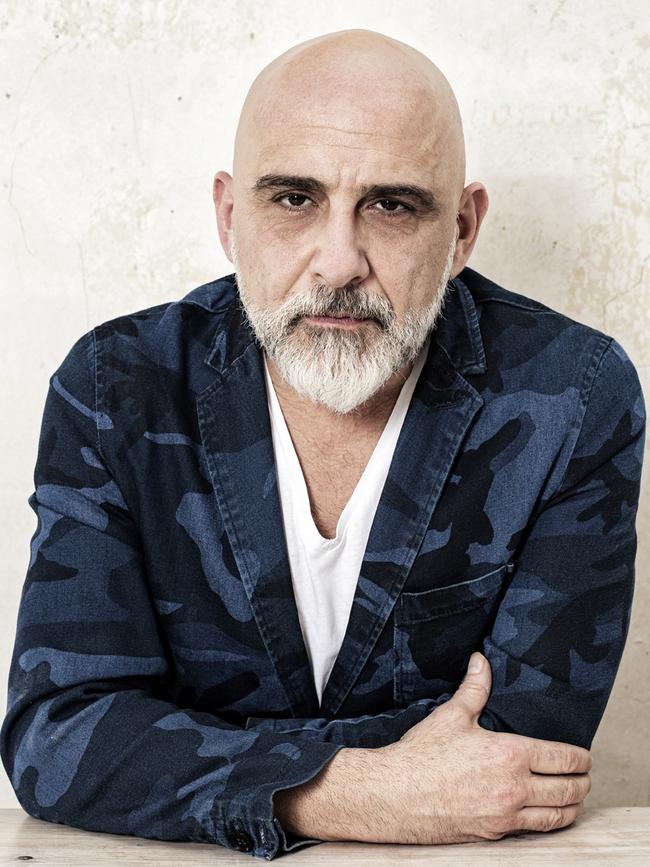
MANZUR KARGAR, 53, ARTIST AND MUSICIAN
While many East Germans fled to West Berlin to escape political persecution, plenty of young West Germans also flocked there from further afield to escape obligations imposed by their government. “In those days young West Germans had to do national service when they finished school, but not if you lived in West Berlin,” says Manzur Kargar. Musicians, artists and people living on the margins of society converged on the hedonistic “Wild West Berlin” of the 1980s.
Manzur, originally from the city’s Wedding district, was studying art in Brunswick, near Hanover, at the time but returned to West Berlin each weekend to join the fun. The centre of this was the Kreuzberg district. It maintains its vibrant, alternative vibe but there is more to it than clubs and bars. It is famous for its Turkish food and Manzur recommends Hasir restaurant (hasir.de). Legend has it this is where the doner kebab was invented. True or false, the food is excellent.
Now an established artist himself (manzurkargar.com), Manzur says there was little in the way of an organised art scene in the city in the 80s. “There were many empty buildings and these were put to good use as pop-up galleries,” he says. Today, with a plethora of galleries to visit, it’s a very different scene.
Manzur recommends visitors get the My Art Walk app (myartwalk.de/en) to guide them around the many exhibitions. His hot tip for art lovers is the Gemaeldegalerie, which boasts one of the world’s most significant collections of 13th to 18th century European art (smb.museum/en/museums-institutions/gemaeldegalerie). “You can walk straight into this place and look at masterpieces by van Eyck, Raphael, Titian, Caravaggio, Rubens and Rembrandt.”
-
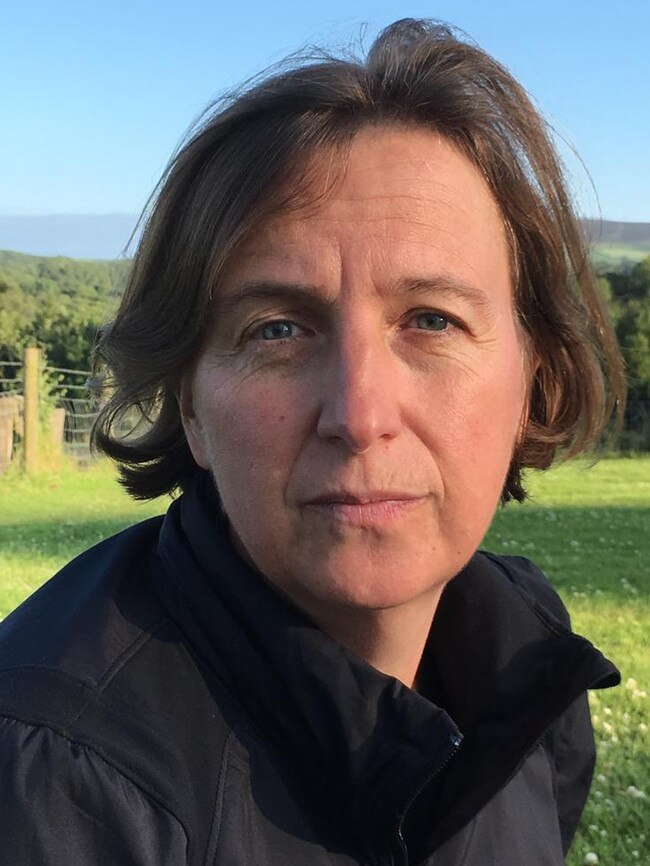
PETRA SCHRAMM, 48, PROJECT MANAGER
In the 80s, Pariser Platz, in front of Brandenburger Tor, was a wasteland. Even Berlin’s famous Hotel Adlon, now an upscale Kempinski property, was not much more than a bombed-out shell. Nonetheless the area held a strange fascination for Petra, a then 19-year-old apprentice dressmaker in East Berlin. “[It] was so empty. You saw some soldiers but it stood alone with the wall going around it. It was an eerie place,” she says.
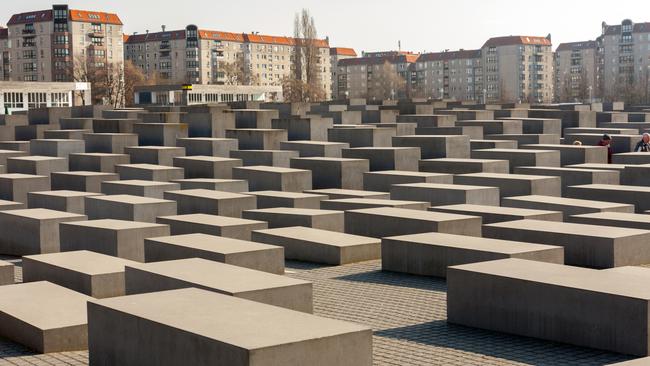
Petra says no visit to Berlin today is complete without a day spent here. Within a few minutes’ walk you can take a sobering tour of the Memorial to the Murdered Jews of Europe (stiftung-denkmal.de/en), enjoy the peace and quiet of Tiergarten (Berlin’s Central Park), shop till you drop in the boutiques and shops lining Unter den Linden and Friedrichstrasse, and marvel at the glass dome designed by Sir Norman Foster that sits atop the Reichstag (bundestag.de), the seat of political power in Germany.
On the other side of the city, in the Friedrichshain district, lies Boxhagener Platz, a place close to Petra’s heart. “It was another of those rare locations in East Berlin where you could find small boutiques selling things made by local artisans. Young and old went there hoping to find jewellery or clothing, ways of saying something different about yourself. I used to buy cotton nappies and dye them and then wear them as scarfs just to try and stand out.”
Boxhagener’s lively flea market on Sundays is one of the best places to buy East German memorabilia. There’s no shortage of venues to enjoy a Sunday brunch around the square and its neighbouring streets. Walking about 10 minutes north brings you to Karl Marx Allee, a Soviet-style boulevard of epic proportions that was one of the flagship building projects of East Germany’s reconstruction after World War II.
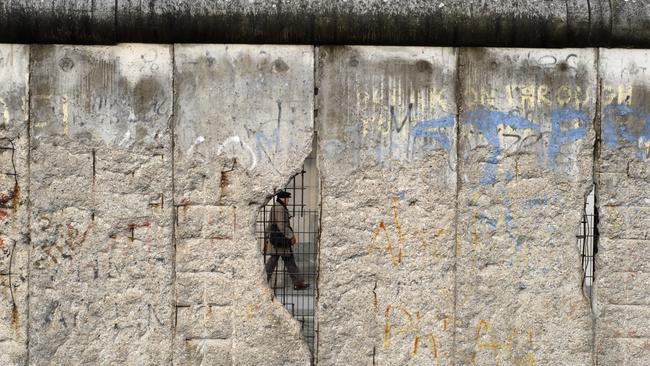
Finally, Petra recommends the Mauerweg, or the Berlin Wall Trail (berlin.de/mauer/en/wall-trail). This 160km route follows the GDR border fortifications that once surrounded West Berlin and can be tackled in sections on foot or by bicycle. It’s a journey through Berlin’s Cold War past, encompassing many of the city’s well-known attractions such as The East Side Gallery (eastsidegallery-berlin.com), the longest intact section of the wall and now an outdoor art exhibition, and Checkpoint Charlie, the point where World War III almost began. Go further afield and you’ll see places most visitors never do. The route is well documented, so you can go it alone; bike hire places abound in Berlin and many hotels have their own services or can point you in the right direction. Alternatively, join a group tour; Berlin On Bike is one of the better-known companies (berlinonbike.de).
-
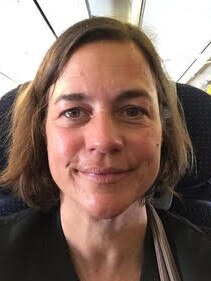
SABINE STARLING, 48, ARCHITECT
Raised in the West Berlin district of Wilmersdorf, Sabine grew up in this divided city. As a teenager, she and her friends would go to clubs and bars on the West’s most famous street, Kurfurstendamm, or Ku’damm as it’s known locally. This was, and still is, the heart of the city’s west and Sabine suggests any trip to Berlin should include a stroll along the up-market shopping strip. If you want to buy a pair of Gucci sunglasses, a chic Prada handbag, or a Maserati, this is the place to go.
While here, Sabine recommends Ludwigkirchplatz, another of her favourite childhood haunts. With its Gothic Revival-style church, bubbling fountains, tended lawns and ornamental gardens, this is considered one of the most beautiful squares in the city. The many cafes and restaurants surrounding it are a relaxing place to unwind after a day of shopping on Ku’damm.
Sabine now calls the former East Berlin district of Prenzlauer Berg home. Just spending a day exploring this neighbourhood on foot is time well spent, and she advises footsore travellers to seek sustenance at Prater (prater-biergarten.de/en), a Berlin institution and the oldest beer garden in the city. It can get crowded but this only adds to the atmosphere. With a cold beer in hand, and perhaps a bratwurst in front of you, sit back and contemplate the changes 30 years of reunification have brought Berlin.
-
IN THE KNOW
November 9 marks the 30th anniversary of the Peaceful Revolution and the fall of the Berlin Wall. Celebrations of the milestone have been running all year and culminate in a seven-day extravaganza from November 4-10, when the city will be transformed into an open-air performance and exhibition space in seven historically important locations, including the Brandenburg Gate and the Stasi headquarters. The main event will be a citywide music festival next Saturday. To get a taste of divided Berlin, Apple users can download the MauAR app, which recreates 160km of the Wall with augmented reality technology. By pointing their phone at a place where the wall used to exist, users get a picture of how it looked three decades ago.
■ visitberlin.de/en/events-30th-anniversary-fall-of-the-wall
